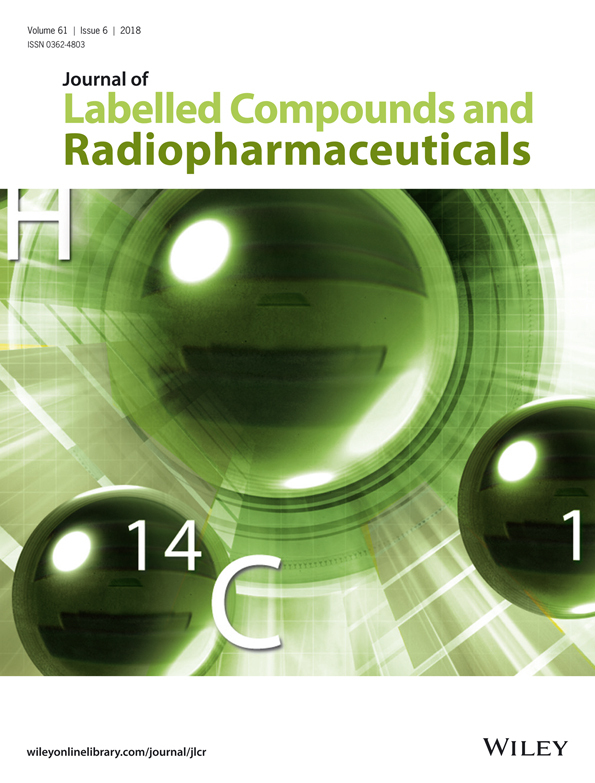
“The endocannabinoids are now known as novel and important regulators of energy metabolism and homeostasis.
The endocrine functions of white adipose are chiefly involved in the control of whole-body metabolism, insulin sensitivity and food intake. Adipocytes produce hormones, such as leptin and adiponectin, that can improve insulin resistance or peptides, such as TNF-α, that elicit insulin resistance. Adipocytes express specific receptors, such as peroxisome proliferator-activated receptor (PPAR)-γ, which serve as adipocyte targets for insulin sensitizers such as thiazolidinediones.
Recently, endocannabinoids and related compounds were identified in human fat cells.
The endocannabinoid system consists primarily of two receptors, cannabinoid (CB)1 and CB2, their endogenous ligands termed endocannabinoids and the enzymes responsible for ligand biosynthesis and degradation.
The endocannabinoids 2-arachidonylglycerol and anandamide or N-arachidonoylethanolamine increase food intake and promote weight gain in animals. Rimonabant, a selective CB1 blocker, reduces food intake and body weight in animals and humans.”









